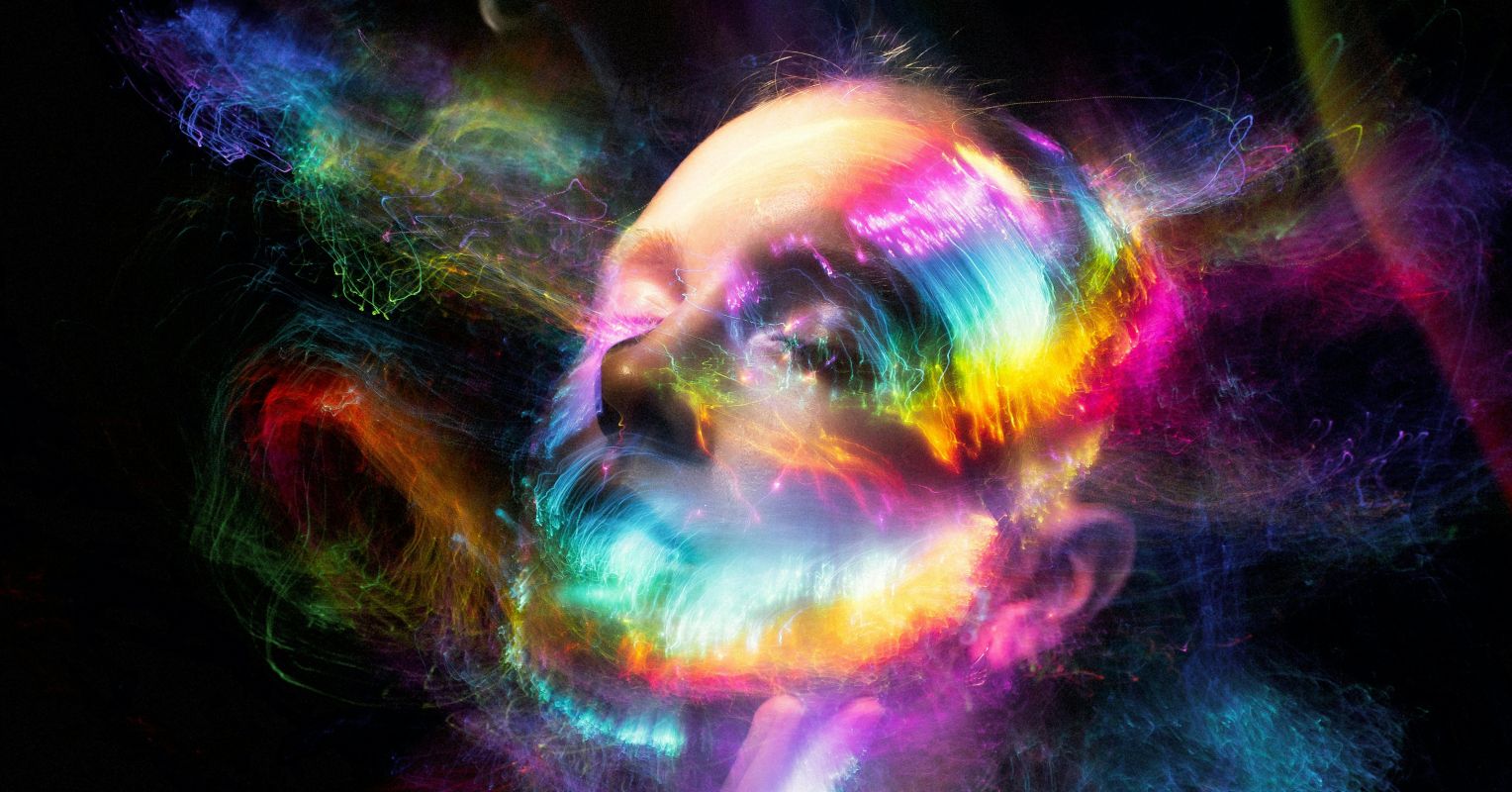
Psychosis is an experience marked by changes in how information is integrated. While the hallmarks of psychosis include qualities like hallucinations and unusual beliefs, the pathways to psychosis may bear an array of diagnoses, from severe mood disorders to schizophrenia and even severe PTSD. Different providers often interpret presentations of psychosis through different lenses, often leading to disagreements about diagnosis between providers (Reiger et al., 2013). Frequently, someone will receive multiple diagnoses as practitioners seek to understand the basis of the condition.
Psychosis Superspectrum
In recent years, some researchers have put forth the concept of a psychosis superspectrum as a model for describing the complex and interweaving manifestations (Jonas et al., 2024). On one side of the spectrum is “psychoticism”, which would include what most people think of when they hear of “psychosis,”—the hallucinations, delusions, and disorganization. On the other side is “detachment”, which relates to the negative symptoms associated with certain schizophrenia-spectrum disorders, such as lack of interest in activities, low motivation, flatness, and social withdrawal.
From this view, a person with bipolar disorder with psychotic features would likely fall on one side of the spectrum, while someone with schizophrenia might fall on the other. Cognition and functional impairment are considered auxiliary dimensions of the psychosis superspectrum. Although functioning and cognition are commonly affected by all conditions listed on the superspectrum, schizophrenia is associated with the most significant alterations in these areas (Jonas et al., 2024).
The superspectrum also acknowledges commonalities such as shared genetic risk between conditions on the spectrum. For example, correlations in heritability have been found between bipolar disorder and schizophrenia (Mullins et al., 2021).
Dissociation, Mania, and Psychosis
Dissociation is also provisionally included in the psychosis superspectrum. There is a fair bit of overlap between dissociation and psychosis; for example, individuals diagnosed with dissociative identity disorder often hear voices, a trait associated with psychosis. Similarly, during florid psychosis, individuals often lose memory and time, a feature often seen in dissociative disorders.
Both dissociation and psychosis overlap significantly with the experience of trauma (Longden et al., 2020). While some have suggested that secondary psychotic features could be a part of PTSD for some people (Compean & Hamner, 2019), PTSD is not considered to be on the superspectrum.
Similarly, although psychosis is associated with both severe mania and depression (Østergaard et al., 2014), only mania is provisionally listed within the psychosis superspectrum. With this in mind, psychosis is much more common in bipolar depression than in major depression and appears to be a predictor of the conversion of diagnosis from depression to bipolar disorder.
Closing
The psychosis superspectrum is a relatively new construct and not one currently included in diagnostic manuals. In time, such revised thinking may help us understand these mysterious phenomena and create more precise plans of intervention.
